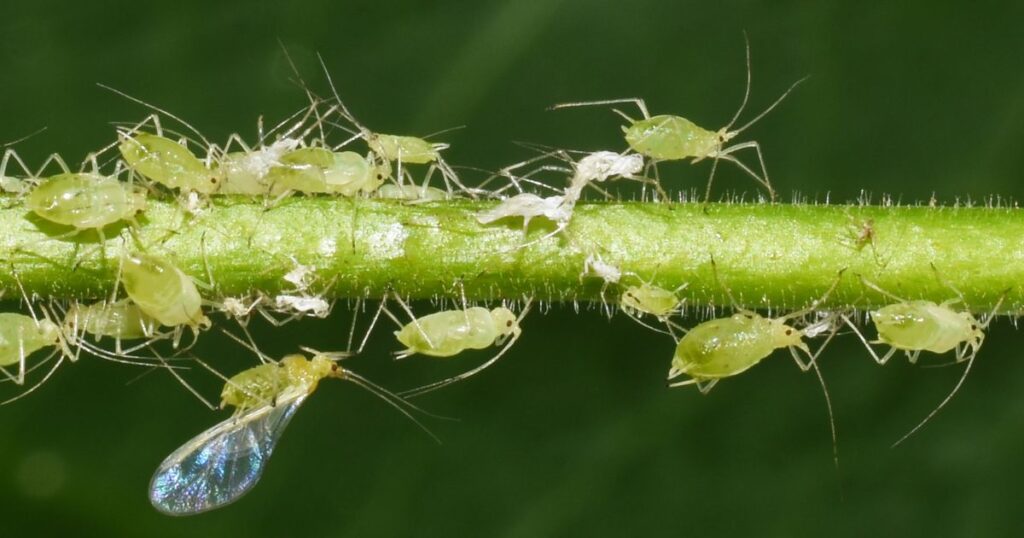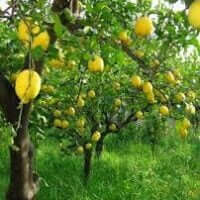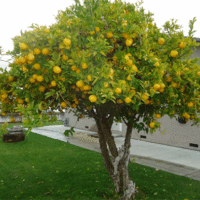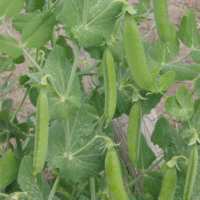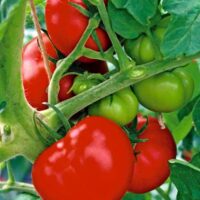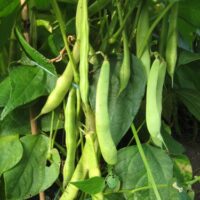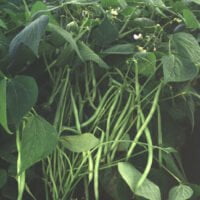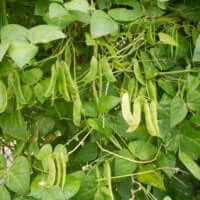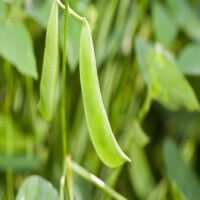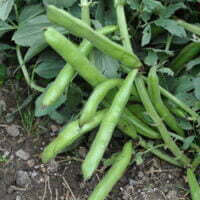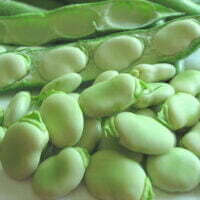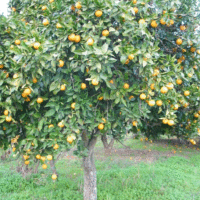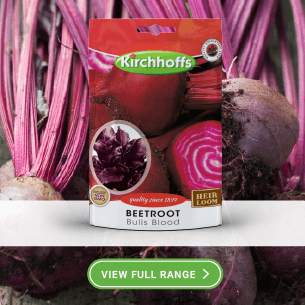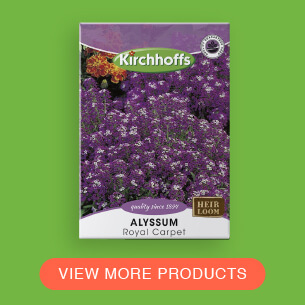Scientific and Common Names of Aphids
Aphids, small yet pervasive garden pests, belong to the Aphididae family, which encompasses a broad array of species each adapted to specific host plants or environments. Among the multitude of species, some of the most notorious include the Green Peach Aphid (Myzus persicae), notorious for its wide host range and ability to transmit plant viruses, and the Black Bean Aphid (Aphis fabae), which clusters in large, dark colonies on legumes and various ornamentals. The Rose Aphid (Macrosiphum rosae), specifically targets roses, showcasing the specialized nature of some aphid species in selecting host plants.
The common names of aphids often reflect their preferred host plants or distinct physical characteristics, offering a glimpse into their feeding preferences and potential impact on the garden ecosystem. For instance, the Woolly Apple Aphid (Eriosoma lanigerum) is named for its wool-like covering, and it primarily targets apple trees, posing a significant threat to orchards. These names not only facilitate easier identification for gardeners and farmers but also underscore the diverse challenges aphids present across different plant species.
Description
Aphids are remarkably small, with most species measuring between 1 to 10 millimeters, making them sometimes hard to detect with the naked eye until they form large colonies. Their pear-shaped bodies, long antennae, and the presence of cornicles (tube-like structures on their hind end) are distinctive features. These cornicles secrete defensive fluids, which deter predators and can cause complications in managing aphid infestations.
The variation in color among aphid species—from green and yellow to black and pink—serves as a camouflage mechanism, allowing them to blend in with their surroundings and evade predators. This color diversity also complicates identification, as aphids can often be mistaken for other small, sap-sucking pests. Their soft-bodied nature makes them vulnerable to natural predators and certain insecticidal soaps and oils, which can penetrate their outer layer, leading to dehydration and death.
How Aphids Affect Plants
Aphids exhibit little discrimination when it comes to plant hosts, infesting a wide range of garden and greenhouse plants. They are particularly drawn to succulent, new growth where they can easily pierce the plant tissue and extract sap. This indiscriminate feeding behavior makes them a threat to a variety of plants, from ornamental flowers and shrubs to a wide range of vegetables and fruits, including but not limited to roses, beans, peas, tomatoes, and citrus trees.
The impact of aphids on these plants can range from mild annoyance to severe damage, leading to stunted growth, yield reduction, and in extreme cases, plant death. Their preference for tender, new growth means that rapidly growing plants in the spring and summer months are particularly vulnerable. Gardeners and farmers must remain vigilant, regularly inspecting their plants for signs of aphid activity to prevent widespread infestation and damage.
Popular Plants Affected by Aphids
Aphids: Signs of Presence – How to Identify Aphids
One of the earliest indicators of an aphid infestation is the appearance of a sticky residue known as honeydew on the leaves and stems of plants. This sugary byproduct of aphid feeding not only attracts other pests like ants but can also lead to the growth of a black, sooty mold that further weakens the plant by blocking sunlight. The presence of honeydew is a clear sign that a closer inspection for aphids is needed.
In addition to honeydew, gardeners might notice distorted or curled leaves, a direct result of aphids’ toxic saliva, which they inject into plants as they feed. These deformed leaves can significantly reduce a plant’s ability to photosynthesize, weakening it over time. Spotting these physical changes in plants, along with actual sightings of small, clustered insects, should prompt immediate action to mitigate the aphid population and prevent further damage.
Aphids: Lifecycle Impact
Aphids have a remarkably rapid reproduction rate, especially in warm conditions, which can lead to large infestations in a relatively short timeframe. Many species are capable of asexual reproduction (parthenogenesis), allowing them to produce offspring without mating. This means that a single aphid, under the right conditions, can lead to an exponential increase in population, compounding the difficulty of controlling an infestation.
The lifecycle of aphids is also adapted to exploit their host plants maximally. In temperate regions, many aphid species can overwinter as eggs on their host plants, emerging as nymphs in the spring. These nymphs mature quickly and begin the cycle anew, with multiple generations occurring in a single growing season. This rapid turnover and the ability to exploit a range of environmental conditions make aphids a persistent and adaptable pest.
Symptoms and Affected Plant Parts
Aphids feed by inserting their needle-like mouthparts into the soft, vascular tissues of plants, extracting essential nutrients and, in the process, introducing saliva that can cause a range of harmful effects. The most visible symptoms include stunted plant growth, yellowing of leaves, and the wilting of shoots, all of which can dramatically affect a plant’s health and productivity. These symptoms often lead to reduced yields in fruit and vegetable plants and diminished aesthetic value in ornamental plants.
The parts of the plant most affected by aphids are those that offer the easiest access to sap, such as young shoots, the undersides of leaves, and in some cases, the roots. The damage is not just limited to the loss of sap; the mechanical injury from feeding and the potential for virus transmission are significant concerns. Many aphids are vectors for plant viruses, with a single aphid capable of transmitting a disease to multiple plants, further exacerbating the impact of an infestation.
Deformities: How do Aphids Affect Plants?
The feeding action of aphids can lead to a range of deformities in plants, the most common being leaf curling. This phenomenon occurs as the plant’s response to the toxins injected by aphids, resulting in leaves that are twisted and distorted, often rendering them nonfunctional. Such deformities can severely impact photosynthesis, reducing the plant’s ability to produce the energy needed for growth and fruit production.
In addition to leaf curling, aphids can cause other deformities such as stunted growth and misshapen fruits. These deformities not only affect the plant’s appearance but can also significantly reduce marketability and yield in fruit and vegetable crops. The impact on ornamental plants can be equally detrimental, with the aesthetic value and overall health of the plants being compromised.
Activity Periods: When Are Aphids Active?
Aphids are most active during the warmer months, with their populations peaking in spring and summer. This is when their reproductive rates are at their highest, and food sources are most abundant. However, in regions with mild winters or in greenhouse environments, aphids can remain active and continue to reproduce throughout the year, posing a constant threat to plants.
The ability of some aphid species to overwinter as eggs or as adults in milder climates extends their activity period and increases the potential for early spring infestations. Early detection and management in these critical periods are essential to prevent aphids from gaining a foothold and causing significant damage as the growing season progresses.
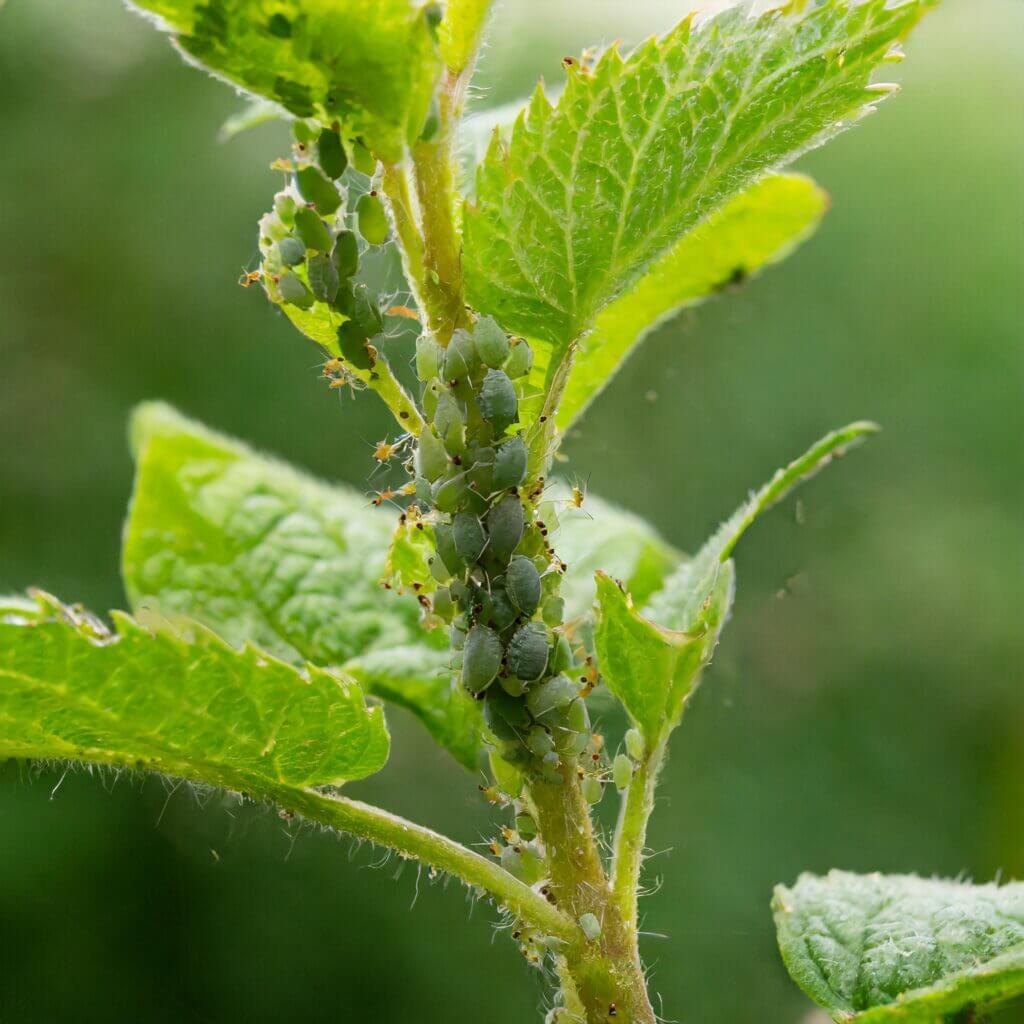
What Products Can You Use To Get Rid of Aphids in South Africa?
Aphicide Plus: Specifically formulated to target aphids, this product can provide effective control when used as directed.
Protek Plant Care: Offers a range of products suitable for aphid control. Look for insecticides within their range that are labeled for use against aphids.
Kombat Aphid Killer: Designed to target aphids, this product can be used on a variety of plants to reduce aphid populations and prevent damage.
Margaret Roberts Insecticide: While not exclusively for aphids, this product can be effective against a range of pests including aphids, especially in organic gardening contexts.
Aphid Q and A
Popolar questions:
What gets rid of aphids?
Read our article on how to get rid of aphids
To get rid of aphids, a combination of natural and chemical control methods can be effective. Natural predators such as ladybugs, lacewings, and parasitic wasps can significantly reduce aphid populations. For chemical control, insecticidal soaps, horticultural oils, and specific insecticides like those offered by Makhro Home and Garden (e.g., “Aphicide”) can be applied directly to infested plants. Regular monitoring and early intervention are key to preventing large-scale infestations.
How harmful are aphids?
Aphids can be quite harmful to plants, as they feed on the sap, weakening the plant and potentially stunting its growth. They can also transmit various plant viruses, exacerbating their impact. Aphids’ secretion of honeydew can lead to sooty mold growth, further inhibiting photosynthesis. In large numbers, aphids can cause significant damage to crops, ornamentals, and greenhouse plants, affecting both yield and aesthetic value.
What causes an infestation of aphids?
Infestations of aphids are often caused by a combination of factors, including the presence of new, tender plant growth which attracts them, mild weather conditions that favor their rapid reproduction, and the absence of natural predators. Overuse of nitrogen-rich fertilizers can also promote lush growth, making plants more appealing to aphids. Additionally, certain gardening practices, such as overcrowding plants, can create conducive environments for aphids to thrive.
Does soapy water kill aphids?
Yes, soapy water can effectively kill aphids by breaking down their outer protective layer, leading to dehydration and death. A solution made from mixing a mild, non-detergent soap with water and spraying it directly onto the infested areas can provide a safe and eco-friendly option for controlling aphids. It’s important to thoroughly cover the aphids with the solution and repeat the application as necessary for best results.
Does vinegar stop aphids?
Vinegar can be used as a home remedy to help manage aphids, but it should be used with caution. A diluted vinegar solution can act as a contact pesticide, killing aphids on contact, but it can also harm plants if the concentration is too high or if it’s applied during hot, sunny weather. It’s advisable to test the solution on a small part of the plant first and to use it sparingly to avoid damage.
What home remedy kills aphids on plants?
A popular home remedy for killing aphids on plants is a mixture of water and liquid dish soap. This soapy water solution, when sprayed directly onto aphids, can suffocate and dehydrate them, leading to their death. Other home remedies include neem oil, which acts as a natural insecticide, and garlic or chili pepper sprays, which deter aphids with their strong odors and potentially harmful compounds.
What smells do aphids hate?
Aphids are repelled by strong, pungent smells, particularly those of garlic, onions, chives, and some essential oils like peppermint, clove, and rosemary. Planting these aromatic plants around susceptible crops or applying sprays made from these materials can help deter aphids, making them less likely to infest plants. These natural repellents can be a part of an integrated pest management strategy.
What dish soap kills aphids?
Dish soap, particularly non-detergent and mild varieties, can be effective in killing aphids when mixed with water and sprayed directly onto the infested plants. The soap solution suffocates the aphids by breaking down their waxy outer layer. It’s important to use a soap that is free from harsh chemicals and fragrances to avoid damaging the plants or harming beneficial insects.
Can you permanently get rid of aphids?
Permanently getting rid of aphids is challenging due to their rapid reproduction rate and ability to migrate from plant to plant. However, consistent management practices such as encouraging natural predators, using appropriate chemical controls when necessary, and maintaining healthy plants can significantly reduce aphid populations and minimize their impact. Regular monitoring and timely intervention are crucial for keeping aphid infestations under control.
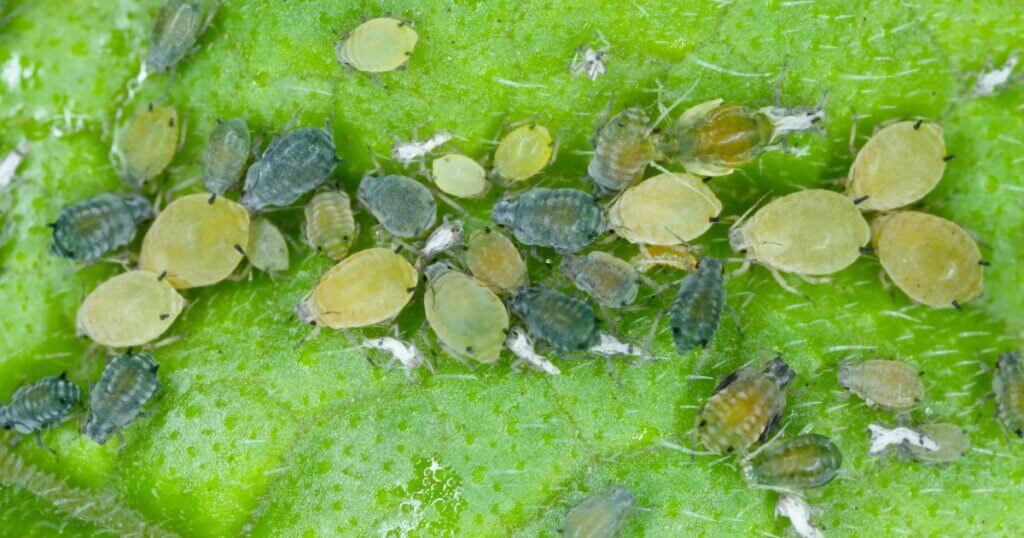
Whant to Know More About Aphids?
Here are good resources on aphids.
“Aphids – Plantinfo” – Plantinfo delves into the world of aphids, offering a thorough examination of their impact on plants and various methods for effective management and control.
“How to Get Rid of Aphids – Plantinfo” – Plantinfo provides a comprehensive guide on identifying, preventing, and treating aphid infestations in your garden.
“Summer Treat for Aphids” – This article provides an overview of aphids’ activity during the summer months and offers tips on how to manage them.
“Aphids – BioBee” – BioBee offers detailed information on aphids, including their biology, the damage they cause, and biological control methods.
“Green Peach Aphid – Koppert” – Koppert Biological Systems presents a profile on the Green Peach Aphid, including its characteristics, lifecycle, and control strategies.
“Aphids – Kombat” – Kombat provides product solutions specifically designed to combat aphids, ensuring effective pest control.
“Aphids – Ludwig’s Roses” – This resource offers guidance on identifying and managing aphids on roses, with tailored advice for rose enthusiasts.








